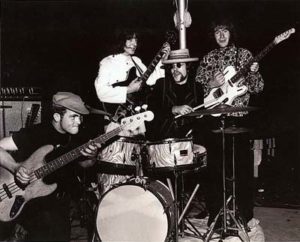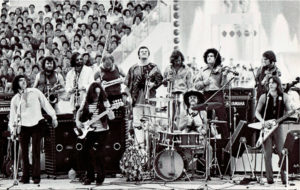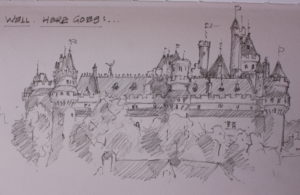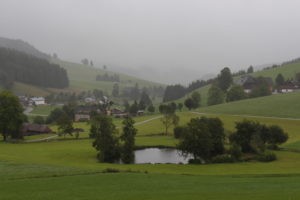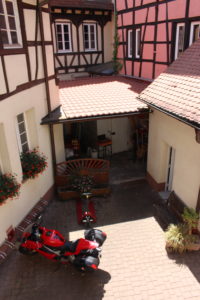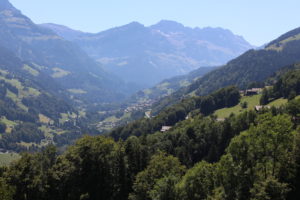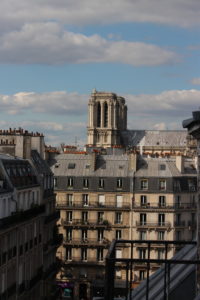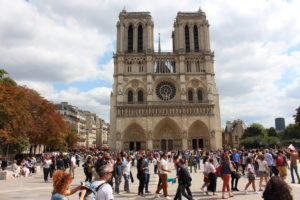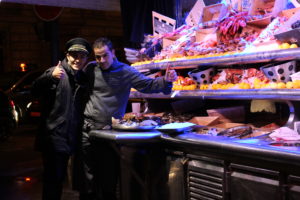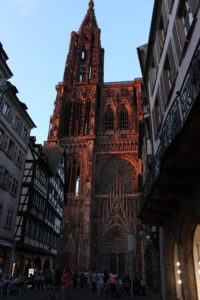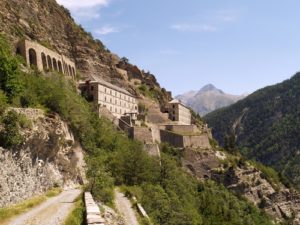September 6: The time around Labour Day always reminds me of a somewhat unhappy period in my life. In September 1964, I began attending North Toronto Collegiate (NT). I had been at Deer Park Public School where I was a pretty good student. I was happy and involved with friends, I got good (enough) grades, took part in extra-curricular activity, and found the whole experience enjoyable. As the time approached to make the transition to high school, I began to experience a certain amount of uncertainty about leaving this comfortable place behind.
One evening I rode my bicycle up to NT to have a look around. I peeked in the windows and saw the usual rows of desks, yet it did nothing to calm my anxiety. On the first day I was singled out and reprimanded because I had worn shorts, which was against school policy. The friendly faces of Deer Park disappeared in a torrent of much older and more mature students. Instead of the “Archie and Veronica at the Malt Shop” scenario I had imagined, I suddenly felt like a little kid again, and completely out of my depth.
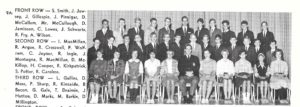 For reasons I have never understood, I started in class 9A, a music form full of very bright kids. Although it was never acknowledged explicitly, the classes seemed to be “sorted” by academic choice (music or art) and by ability. So 9A was pretty competitive. My progress in that environment can be divined by my telling you that I was asked not to play my instrument at the year-end concert. I was in 10F the following year. Then 11H and 12G. Throughout those years I felt quite intimidated and had little motivation to apply myself and try to improve my performance. I really couldn’t understand how declining Latin verbs, learning differential calculus or analyzing the Merchant of Venice was going to help me in later life. I doubt they have. There were long periods when I was deeply unhappy and had effectively given up.
For reasons I have never understood, I started in class 9A, a music form full of very bright kids. Although it was never acknowledged explicitly, the classes seemed to be “sorted” by academic choice (music or art) and by ability. So 9A was pretty competitive. My progress in that environment can be divined by my telling you that I was asked not to play my instrument at the year-end concert. I was in 10F the following year. Then 11H and 12G. Throughout those years I felt quite intimidated and had little motivation to apply myself and try to improve my performance. I really couldn’t understand how declining Latin verbs, learning differential calculus or analyzing the Merchant of Venice was going to help me in later life. I doubt they have. There were long periods when I was deeply unhappy and had effectively given up.
Then came Grade 13. As I have written elsewhere, I was sent, against my wishes and in spite of my feelings for North Toronto, to the Canadian Junior College in Lausanne, Switzerland. The College modelled itself on the Neuchatel Junior College and allegedly had set high standards for its’ students. Since I got in with a solid 60% average, I suspect there was a certain amount of “putting bums in seats” during that first year. Call me “cash flow”.
We arrived at the school in early September, and I remember very clearly waking up the first morning in the house where I was billeted and looking out the window to see cows (with large bells around their necks) grazing around a wooden chalet. I was clearly not in Moore Park anymore.
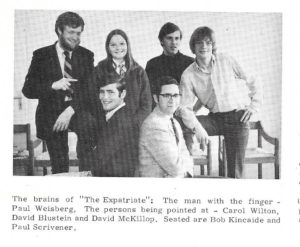 In any event, in what was an even more intimidating environment than North Toronto, I blossomed. I signed up for the yearbook committee, I wrote a humour column for the weekly student newspaper*, I found new friends, I played and sang in a band and – lo and behold – my grades improved. Perhaps it was the implicit understanding that nobody knew much about my awkwardness at North Toronto that gave me “permission” to just be myself, have fun, work hard(er) and try new things. The experience truly changed my life.
In any event, in what was an even more intimidating environment than North Toronto, I blossomed. I signed up for the yearbook committee, I wrote a humour column for the weekly student newspaper*, I found new friends, I played and sang in a band and – lo and behold – my grades improved. Perhaps it was the implicit understanding that nobody knew much about my awkwardness at North Toronto that gave me “permission” to just be myself, have fun, work hard(er) and try new things. The experience truly changed my life.
I have really mixed feelings when I look back to those first early-September days at North Toronto. Those were not happy times for me, and I often wonder how different my life might be today if I had been able to more fully seize the opportunity the following four years presented, as I did in Switzerland. Looking back, they feel pretty much lost and wasted.
* * *
* If you look closely at this picture of the Expatriate gang, you will notice that one of the staff has a subversive finger raised which just happens to line up with the chair leg. The Yearbook editor didn’t realize it was part of the picture until I pointed it out to him – after the Yearbook (from which this picture is taken) – had been distributed to everyone at the school. Panic ensued….
 were forgetting quite a lot there at the end – but that’s Jaia on the left and Naomi on the right. I went to their second birthday party this weekend and, of course, they got a pile of stuff. It’s fascinating to see them grow up: they are now walking and talking in phrases, some of which I understand.
were forgetting quite a lot there at the end – but that’s Jaia on the left and Naomi on the right. I went to their second birthday party this weekend and, of course, they got a pile of stuff. It’s fascinating to see them grow up: they are now walking and talking in phrases, some of which I understand. Here’s a picture of your new great-grandson Elias. He was born August 12. This is an unusual picture of him since he is usually nursing or sleeping. Or screaming. He does that a bit too. The girls adore him and are very protective of their little brother. It may not always be so …
Here’s a picture of your new great-grandson Elias. He was born August 12. This is an unusual picture of him since he is usually nursing or sleeping. Or screaming. He does that a bit too. The girls adore him and are very protective of their little brother. It may not always be so …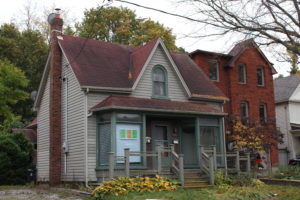
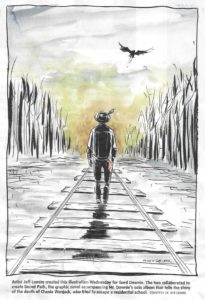
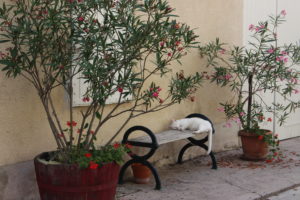
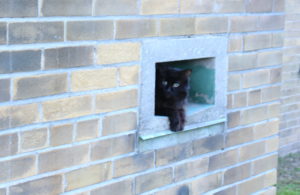

 In any event, in what was an even more intimidating environment than North Toronto, I blossomed. I signed up for the yearbook committee, I wrote a humour column for the weekly student newspaper*, I found new friends, I played and sang in a band and – lo and behold – my grades improved. Perhaps it was the implicit understanding that nobody knew much about my awkwardness at North Toronto that gave me “permission” to just be myself, have fun, work hard(er) and try new things. The experience truly changed my life.
In any event, in what was an even more intimidating environment than North Toronto, I blossomed. I signed up for the yearbook committee, I wrote a humour column for the weekly student newspaper*, I found new friends, I played and sang in a band and – lo and behold – my grades improved. Perhaps it was the implicit understanding that nobody knew much about my awkwardness at North Toronto that gave me “permission” to just be myself, have fun, work hard(er) and try new things. The experience truly changed my life.